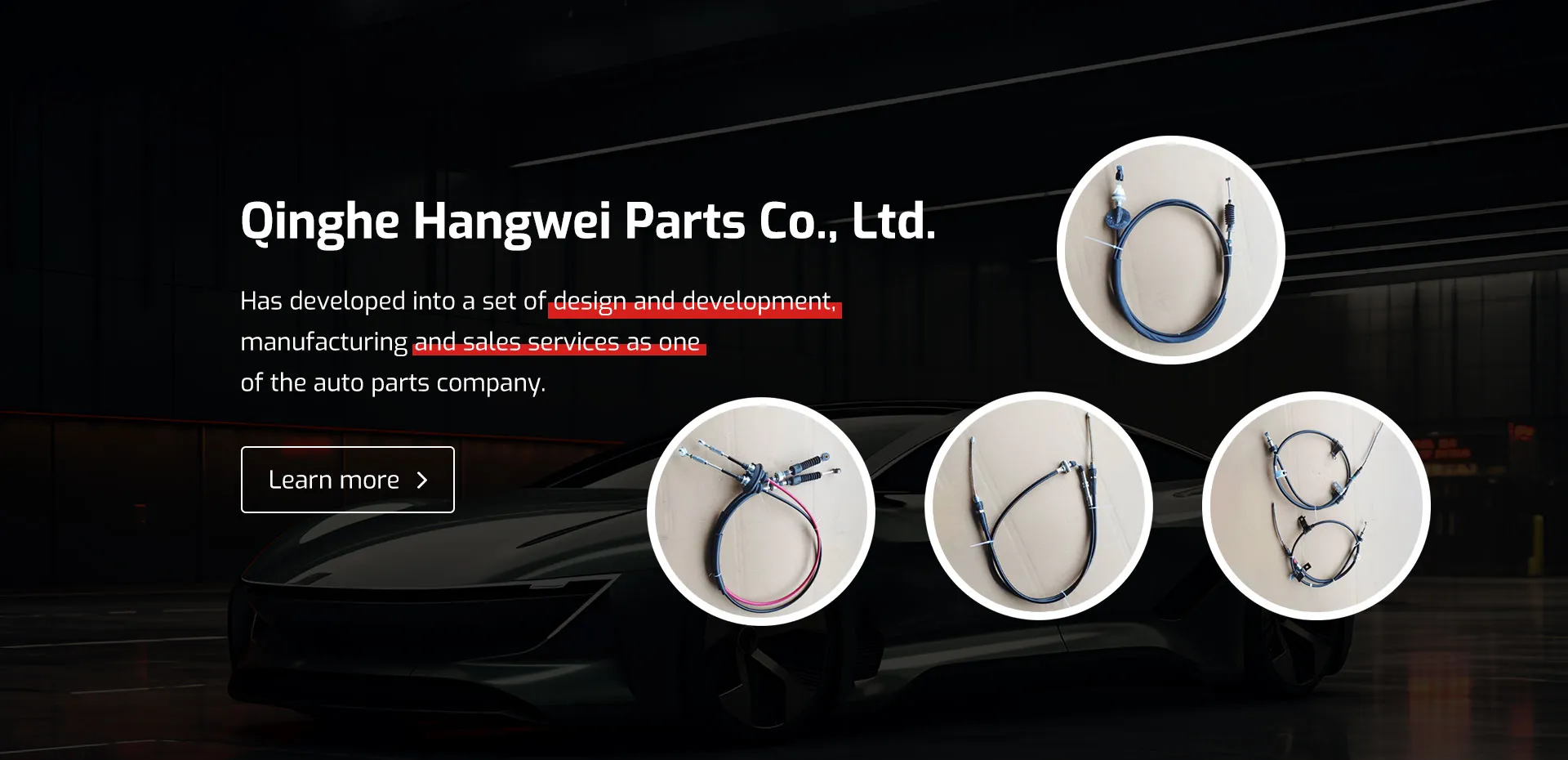Cable Options for Optimal Gear Performance in Cycling Systems
Understanding Gear Cables The Backbone of Your Bicycle’s Shifting System
When it comes to cycling, the importance of a smooth shifting experience cannot be overstated. Gear cables play a critical role in this aspect of a bike's performance. These seemingly simple components are integral to the function of a bicycle's derailleur system, allowing riders to effortlessly switch gears and adapt to varying terrain. In this article, we’ll delve into the role, types, maintenance, and purchase considerations of gear cables.
The Role of Gear Cables
Gear cables are thin, flexible wires encased in a protective housing, connecting the handlebars' shifters to the derailleur systems located near the wheels. When a rider shifts gears using the shifters, it pulls or pushes these cables, which then control the movement of the derailleur. This mechanism enables the chain to move across different gears on the cassette or chainring, allowing for smoother transitions and better power transfer from the rider to the bike.
The performance of gear cables directly influences the efficiency of shifting. If cables are frayed, dirty, or improperly tensioned, shifting can become sluggish or even fail entirely, leading to frustrating rides and potential damage to the bike’s drivetrain components.
Types of Gear Cables
There are primarily two types of gear cables used in bicycles stainless steel cables and coated cables
.1. Stainless Steel Cables These are the standard type of gear cables used in most bicycle applications. They are known for their durability and resistance to rust and corrosion, making them ideal for various weather conditions. However, they may require more maintenance, as they can fray over time with usage.
2. Coated Cables These cables are coated with materials like Teflon or other polymers, which provide a smoother surface for shifting. They offer less friction, resulting in better performance and improved longevity. Coated cables are excellent for riders who frequently tackle complex terrains or those seeking enhanced tactile feedback during shifting.
Maintenance Tips
Maintaining gear cables is crucial for a seamless riding experience. Here are some tips to keep them in top condition
gear cables

- Regular Inspection Periodically check the cables for signs of wear and tear, such as fraying or rust. Replace any damaged cables immediately to avoid shifting issues.
- Cleanliness Dirt and debris can accumulate in both the cables and housings, leading to friction that impairs shifting performance. Regularly clean the cables and apply appropriate lubrication to ensure smooth operation.
- Proper Tension Ensure that cables are appropriately tensioned. Overly tight cables can lead to stress on the components, while loose cables can cause delayed responses during gear changes.
Buying Gear Cables
When it comes time to replace your gear cables, consider a few factors to ensure you make the best choice
- Compatibility Ensure that the cables you purchase are compatible with your bike's shifters and derailleur system. There are various cable designs, and compatibility can significantly impact performance.
- Length Measure the length of your current cables before purchasing new ones. Cables that are too long can result in excess slack, while those that are too short can limit shifting functionality.
- Brand Reputation While price is important, choose reputable brands known for quality. Investing a little more for reliable cables can save headaches down the line.
Conclusion
Gear cables are fundamental to the functioning of a bicycle's gear shifting system. By understanding their role, types, proper maintenance, and purchase considerations, cyclists can enhance their riding experience. Whether you're a casual rider or a competitive athlete, maintaining and selecting the right gear cables can make all the difference in your journey through the great outdoors. So, keep those cables in check, and enjoy a seamless ride ahead!
-
Upgrade Your Vehicle with High-Quality Handbrake CablesNewsNov.01,2024
-
Optimize Your Bike's Performance with Quality CablesNewsNov.01,2024
-
Enhance Your Vehicle's Performance with Quality Clutch ComponentsNewsNov.01,2024
-
Elevate Your Vehicle's Performance with Quality Throttle CablesNewsNov.01,2024
-
Elevate Your Vehicle's Performance with Quality CablesNewsNov.01,2024
-
Affordable Solutions for Your Cable NeedsNewsNov.01,2024
